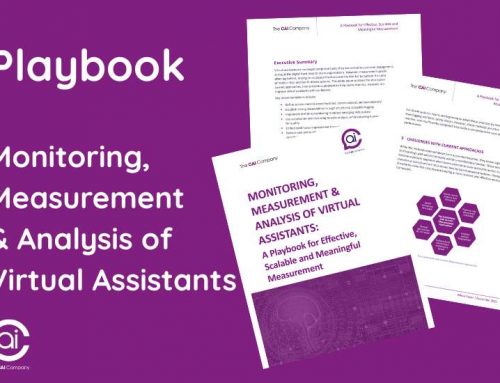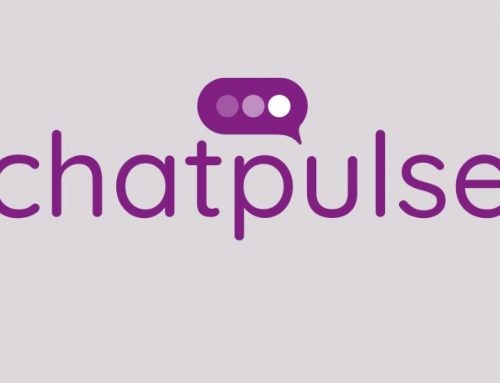“Agentic AI” is everywhere right now. You see it in headlines, conferences, and webinars, promising autonomous digital agents that think, act, and make decisions for you. But what does it really mean? And more importantly, how do you make it work for your businesses?
Cutting Through the Agentic AI Buzz
At its core, agentic AI refers to AI systems capable of autonomous actions within defined boundaries. These are “agents” that can observe, decide, and act with some level of independence. That sounds powerful, but marketing has diluted the term into a buzzword. Gartner reports that many vendors are contributing to the hype by engaging in “agent washing”, i.e. the rebranding of existing products, such as AI assistants and robotic process automation (RPA) and chatbots, without actual substantial agentic capabilities. Not every AI that writes emails, generates code, or chats with customers qualifies as “agentic”.
It’s crucial to distinguish:
- Agentic AI ≠ Conversational AI (CAI). Conversational AI remains about human-like interactions, dialogue management, and getting the right responses.
- Agentic AI ≠ Generative AI or LLMs. Large language models can be tools for agents but aren’t agents themselves.
So, while the hype may suggest a revolution overnight, the reality is more nuanced. Using the right tool for the job can bring you huge return on investment (ROI) – and it’s not necessarily always the newest tool.
Nothing’s Changed… and Everything Has
Despite all the genuine opportunity and overblown noise, when planning AI initiatives, the fundamentals remain the same. You still need clear goals, defined workflows, and alignment with business objectives. But deploying agentic AI introduces new considerations. McKinsey warns of “agent sprawl,” autonomy drift, and operational chaos. The largest risks aren’t technical, but human: trust, governance, organisational embedding. As tempting as it sounds, you can’t simply plug agents together, and achieving value could well mean redesigning workflows and operating models from the ground up.
Opportunities Within a Larger CAI Strategy
Carefully implemented, agentic AI is a huge opportunity. Forward-looking organizations can build specialised agents that dovetail into a broader Conversational AI strategy, automating tasks, enhancing user experiences, and improving decision-making efficiency.
The key is thoughtful integration: understand where agentic AI fits, ensure alignment with your objectives, and plan for human oversight, governance, and organisational change.
For more on successful AI implementation, check out our blog.
Thinking Beyond the Buzz
Even when AI adopters are aware of the number of AI pilots that fail (see MIT’s widely-reported August warning that “95 per cent of organisations are getting zero return”) the promise held by AI opportunity is still great. So, rather than chasing after the latest buzz, ask:
- How can autonomous agents enhance the CAI solutions we already rely on?
- Where can they relieve human effort without introducing chaos?
The answers lie not in the label “agentic,” but in disciplined strategy, workflow design, and governance.
The Bottom Line
Agentic AI is exciting, but it’s not a magic bullet. Everything has changed in terms of potential capabilities, but nothing has changed when it comes to the need for careful planning, clear objectives, and strong human oversight. Those who succeed will combine the best of agentic innovation with proven Conversational AI strategy, design and ongoing refinement that keeps the human users at the forefront of decisions.




